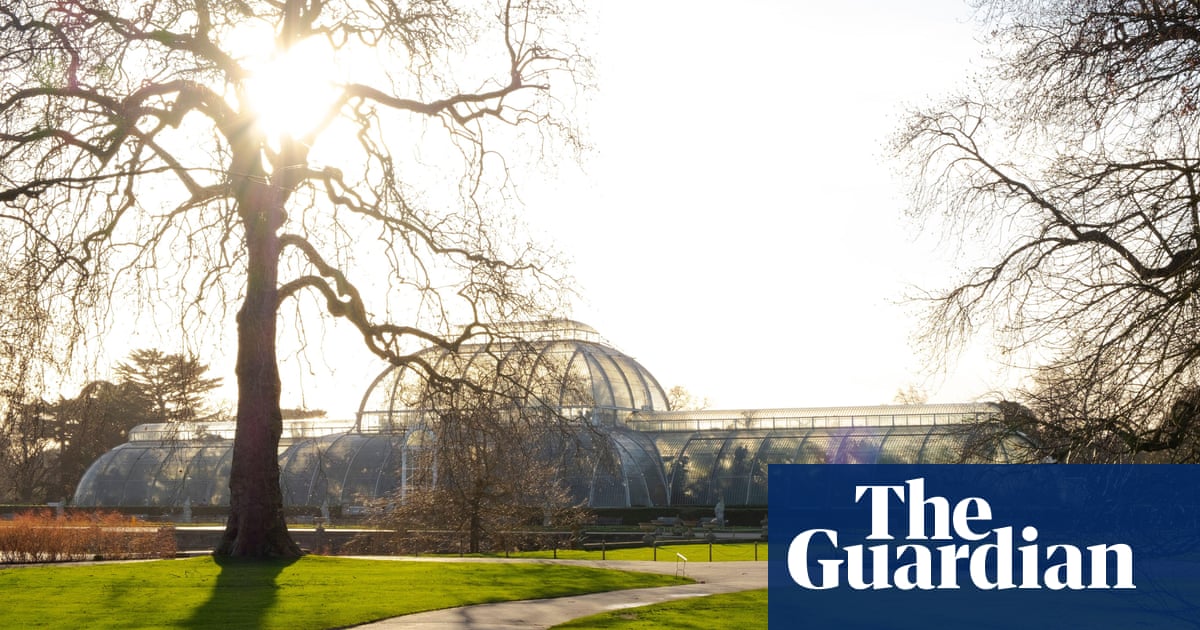
n such a dazzling winter’s day in any other year, I might have gone over the hills and far away. Westwards, over the Pennines to Cumbria’s Eden valley; north to Tynedale; south through the Yorkshire Dales; eastwards, to the sea cliffs. But this afternoon, once again, my four-mile local lockdown route from my doorstep took me around familiar plantations, pastures and arable fields. In the past year, I’ve walked it a hundred times, in all weathers, through the cycle of the seasons.
Getting to know my home patch with such intimacy has been a source of comforting memories in troubled times: descending cadences of willow warbler song last April; a thrilling summer encounter with a hobby snatching a swallow in mid-air; the vinegary, sweet-and-sour aroma of ditches filled with fermenting crab apples on autumn afternoons.
Today’s revelation at dusk was a goldcrest, a flicker of a chrome yellow-striped head in a leafless hedgerow. A ping-pong ball of a bird, clad in olive green and grey, never still for more than a second, bouncing from tree to tree in search of food. How do such small insectivorous species find enough sustenance in these short, frozen days? It seemed oblivious to my presence; a chance, then, to follow and explore a goldcrest’s landscape.
It began pecking at the trunk of an old sallow. The lower bark had been riven by the force of the tree’s expanding girth, creating channels for rainwater trickling down from the branches. Dry ridges capped with yellow lichens, ravines filled with emerald forests of epiphytic moss.
The goldcrest, with a beak as fine as a watchmaker’s forceps, picked morsels from the mossy crevices. When I tried, pulling small moss cushions apart, the largest object I would find was a pupa of what might have been a micromoth, about three millimetres long. The individual rewards for this bird were small; no wonder its dawn-to-dusk searches are incessant.
As I turned for home, towards lights coming on in the valley below, all that remained of the day was the afterglow on the western horizon. By now, the goldcrest was probably roosting in a conifer plantation, beak tucked into fluffed-up feathers, as the long winter night closed in.












